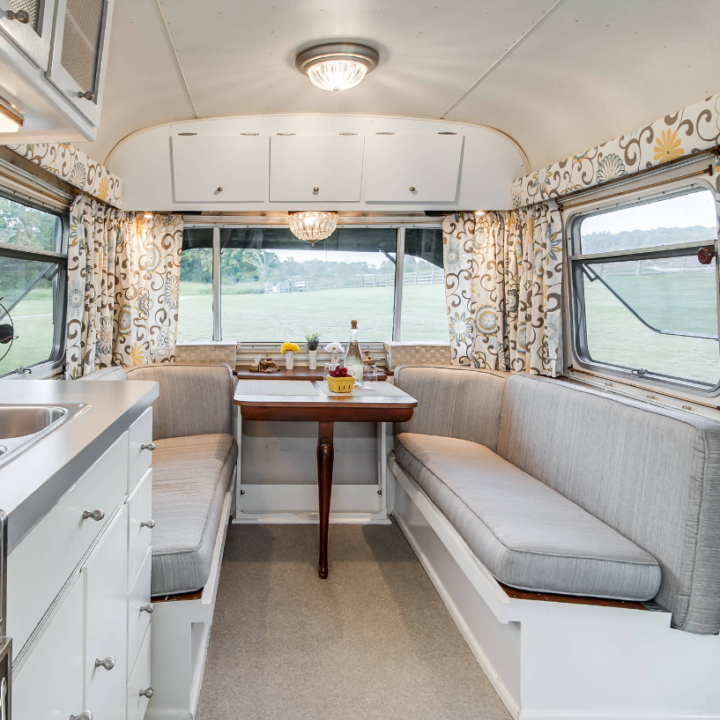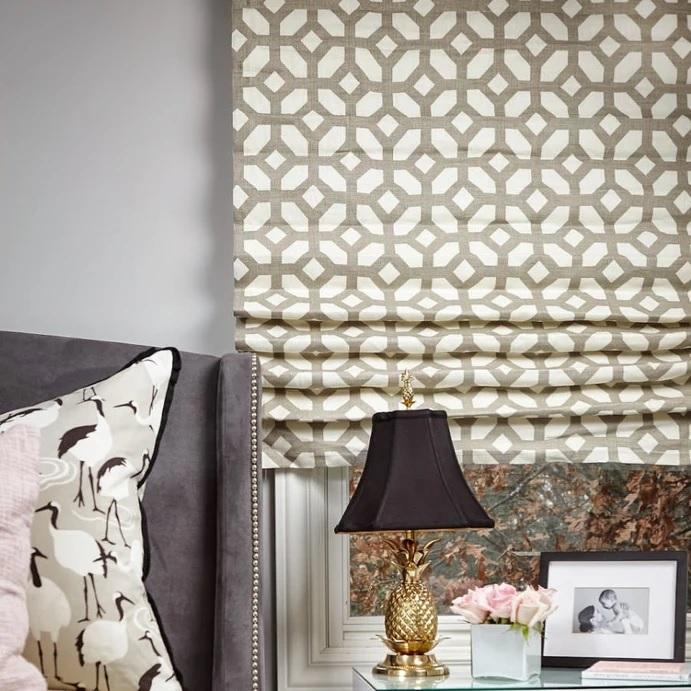Spiffy Speak
SIMPLE STEPS TO BABYPROOF WINDOWS & ENHANCE SILL SAFETY
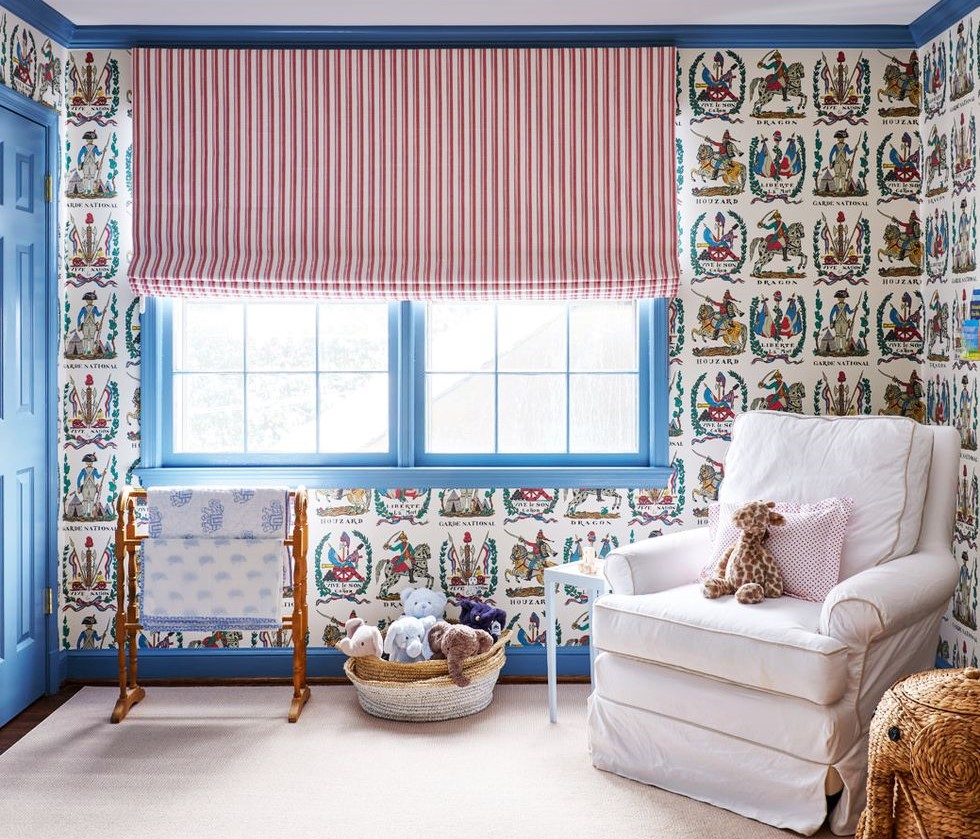
When little hands and feet decide to explore the world, ensuring a safe environment is crucial. For a toddler who has started taking little steps, creeping up on chairs to look out the window is only a matter of time. But, instead of deterring these inquisitive explorations, invest in precautionary ‘sill and window safety’ measures to babyproof your windows.
Knowing that hazards related to open windows and inappropriate window treatments are not as rare as we’d wish them to be, we have brought you a range of measures to childproof your windows and sills in this blog. Some are temporary quick fixes, others long-lasting; some are built-ins to be considered during construction or renovation, and others can be retrofitted at any time. Depending on the hazards you foresee with your current window architecture, babyproof your windows and sills using these tricks and tips –
Adopt a Thoughtful Furniture Layout
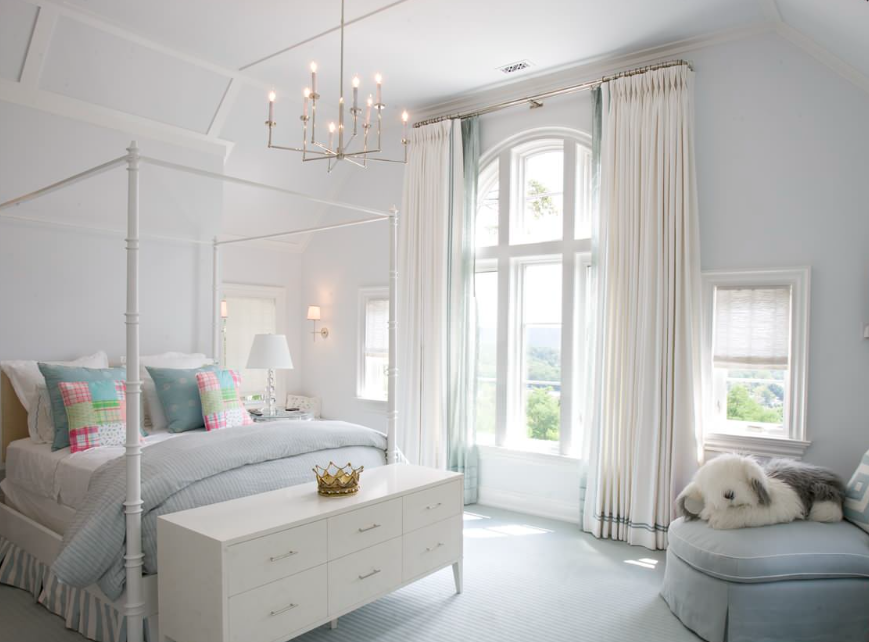
If the window is positioned at an inaccessible height from the floor, chances of a kid reaching the sill are already at a minimum. However, the wrong furniture layout makes it possible for the child to reach the window or at least halfway up closer to it. So, reconsider the arrangement of the furniture in light of your child’s compelling desire to get to the window. A tweaked layout does not ask for any additional fittings or expenses so this step can be executed right away.
If you have chairs, desks or couches close to or right underneath the window, move them away from the window to cut down the accessibility for your kid. If your room is spacious enough, consider moving all such furniture pieces away from the walls so that the risk is cut to the minimum. Put away rolling stools, coffee tables and chairs with wheels or lock the wheels to restrain their movement. Avoid lightweight poufs that can be pushed closer to the window easily by your child. In short, make furniture choices and layout decisions in view of cutting your young one’s access to a window.
Opt for Safe Window Treatments
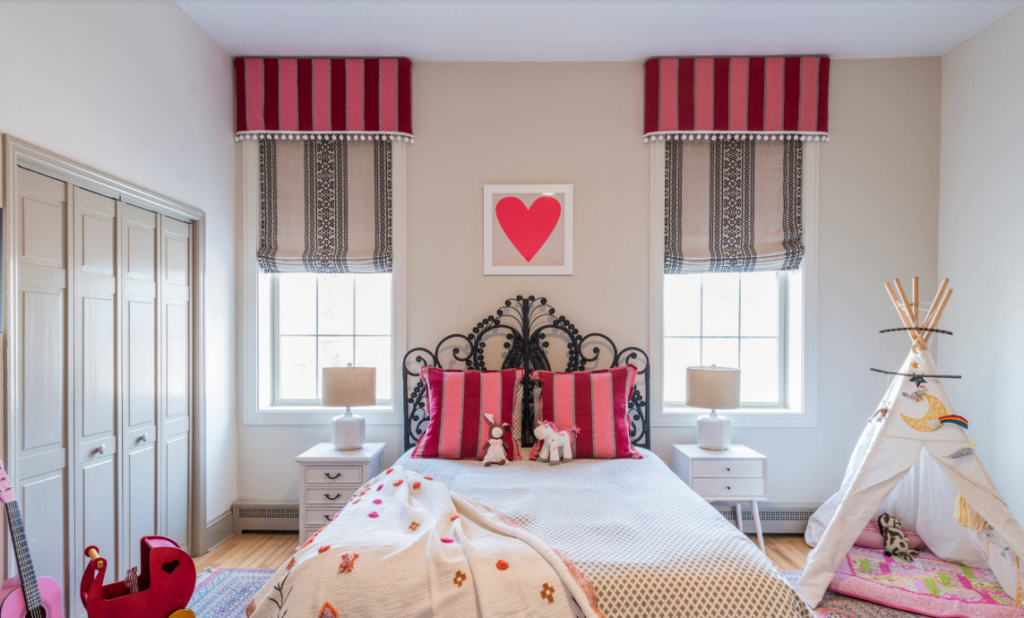
While window treatments are meant to create a more comfortable and safe environment in the house for all, it is only a thoughtfully selected window treatment, hardware and mounting method that can guarantee safety for children. So, here are some tips to keep in mind when choosing and installing window treatments –
- LENGTH: No matter what window treatment you choose, it is safer for a toddler if it stops at the sill. Sill-length dressings cancel all risks of tripping or entanglement during playtime. We highly recommend sill-length, perfect-fit treatments like roman shades or roller shades as they stack on the top and stay out of reach of young children. This is the safest way of dressing a window, especially if the window is closer to the floor. Making it easier for you to maintain them clean is the bonus. However, if you want to hang long curtains, make sure you keep them up to the floor and avoid puddling to minimize risk. Also, install curtain tie-backs so that you can stack your curtains to the sides and leave them intact in that position when your tiny tot is around, thereby posing lower risk than billowy drapery.
- HARDWARE: Invest in sturdy hardware that can withstand playful tugs at the window dressing. Avoid using tension rods as they can get dislodged from their position if pulled with severe force. Also, avoid lightweight or rickety hardware and accessories that may give way easily when handled roughly.
- MOUNTING POSITION: When opting for blinds and shades, it is better to mount them inside the recess of the window frame. In this position, the window shade is tucked away into the frame, not giving easy access to a fidgety hand.
- EMBELLISHMENTS: If you cannot resist adding a cutesy border trim to your window treatments, go all-out, but choose the safer ones. Avoid trims with pompoms, baubles and beads that may be plucked out and taste-tested by the curious explorer. Rather, go for ribbon trims that are tightly secured to the blind, carrying no risk of being pulled out and mouthed. Or, satisfy yourself with beautiful patterned curtains or blinds that appeal to your taste as well as bring happy smiles on that little face.
- CORD MANAGEMENT: The dangling cords of window shades are another alluring element for babies and kids, that can pose danger. So, opt for cordless or remote controlled window treatments. But, if you have corded ones in place already, order cord lock anchors and keep the cord secured on these so that they are not dangling anymore. At Spiffy Spools, we provide child safety anchors along with each roman shade so that you don’t have to make further investment of time and money for this small thoughtful addition. If you mount the shade inside the window’s recess, you can also affix the anchor behind the blind so that it gets completely concealed from view.
- MATERIAL: If your child will have easy access to the window treatment, ensure the use of hypoallergenic materials, especially if skin-friendliness enjoys top priority in your list. So, opt for organic cotton, linen or their blends.
READ MORE: KID COUTURE: THE BEST ROMAN SHADES FOR NURSERY
Install Window Guards
If you cannot completely cut your child’s access to the window, adopt a way to restrict passage through the window. So, even if your naughty infant manages to reach the window sill, crossing over through the opening will be impossible. There are two popular ways to do this:
METAL BARS
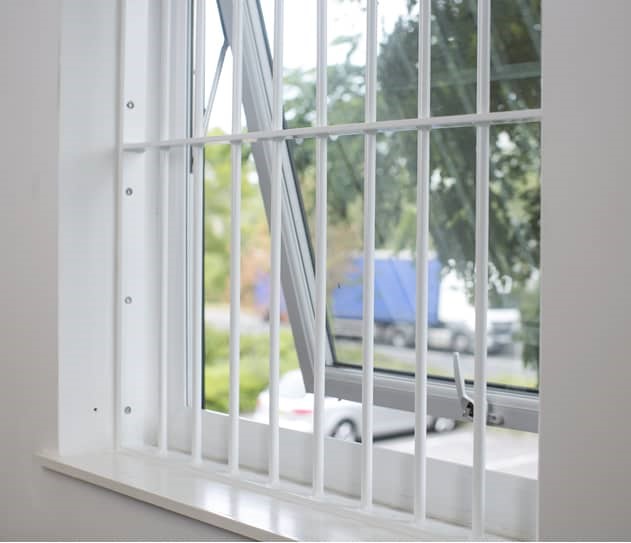
To restrict movement past the window, metal bars can be welded to the window frame spaced close enough to restrict a child from attempting to wiggle through the gaps. Preferably, they should be laid vertically, not horizontally, so that it does not become an opportunity for a rock climber in the making.
MESH GUARDS
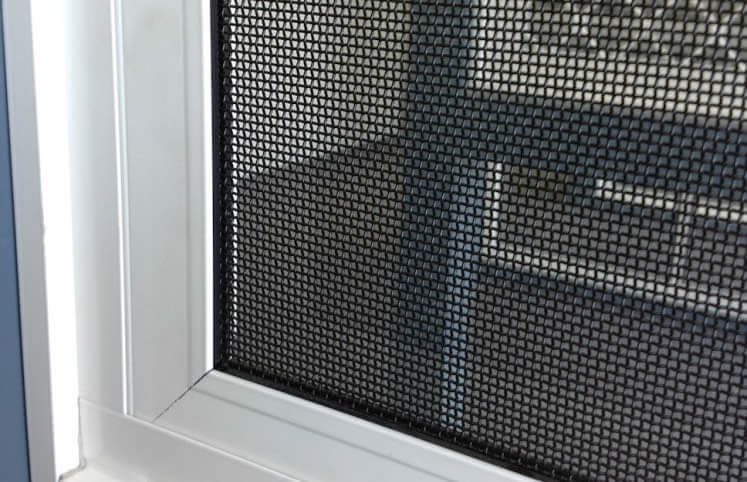
Another way, preferred by those who like a less intrusive presence, is to add mesh guards covering the lower portion of the window, or the entire window, if you want to be more sure.
Both these window safety accessories are visual blocks to the view and may not align with your aesthetic preferences. But they are assuredly a reliable way of babyproofing the windows if you want to take advantage of the entire window for natural light and fresh air, especially during summer.
Use Window Restrictors
Window restrictors do exactly what their name suggests – they restrict the window from opening fully. So, you can keep the window open enough to let in air but not as much as needed for a child to be able to pass through. There are many types of restrictors available such as –
WINDOW WEDGE
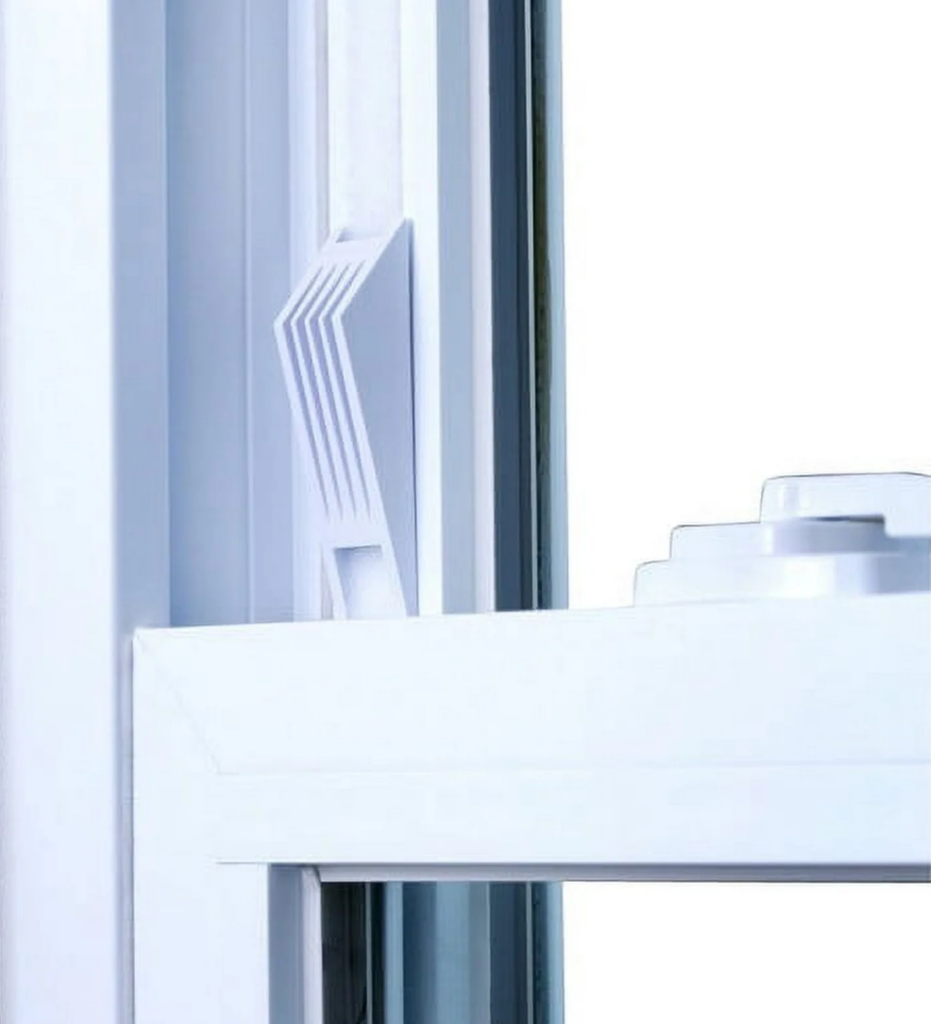
A window wedge is a small plastic/wood adjustable stopper that is fixed to the window frame to restrict the extent to which the window can be opened. It is a small triangular block that carries a velcro strip at its bottom. The other face of the velcro is attached to the window frame. This strip is much longer than the wedge so you have more leeway to decide the position to fix the wedge and by extension, how much you would like the sash window below to open. When you want to open the window fully, you can dislodge the wedge and attach it later when you want restricted access. This window restrictor can be used for double hung windows, single hung windows and horizontal sliding windows/doors. It is a pocket-friendly easy-DIY stopper that does not require any hardware or appliances for installation.
CONCEALED WINDOW RESTRICTOR
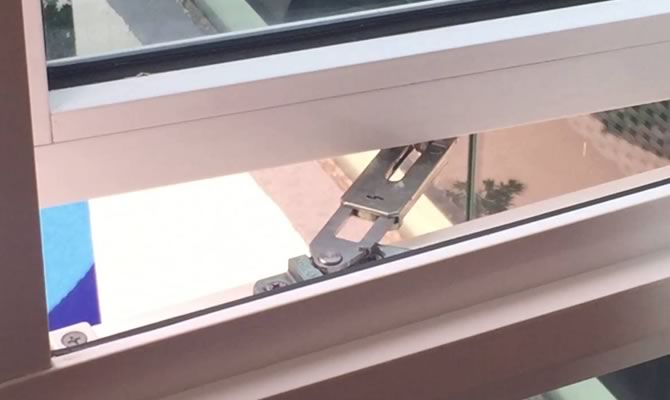
A durable metal unit that fits into the frame of the door, rightly called the concealed window restrictor, restricts the window from opening beyond 100 millimeters. So, the window can be kept partially open for ventilation while restricting a child from climbing on to the window. When you want to open the window further, the restrictor can be released at the press of a button. Some concealed restrictors cannot be retrofitted, so make sure that you check the particulars before placing the order.
SASH WINDOW RESTRICTOR
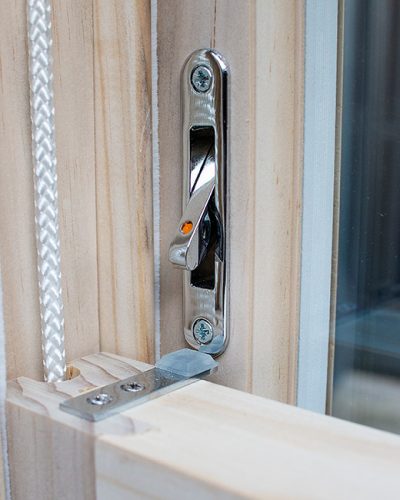
Much like the concealed window restrictor, the sash restrictor fits into the window frame and limits the window from opening beyond a certain point. But it is locked with a key so that moving past the fixed point requires one to have access to the key. Since disengaging the restrictor is not as easy as pushing a button, sash restrictors offer one more level of security.
CABLE WINDOW RESTRICTOR
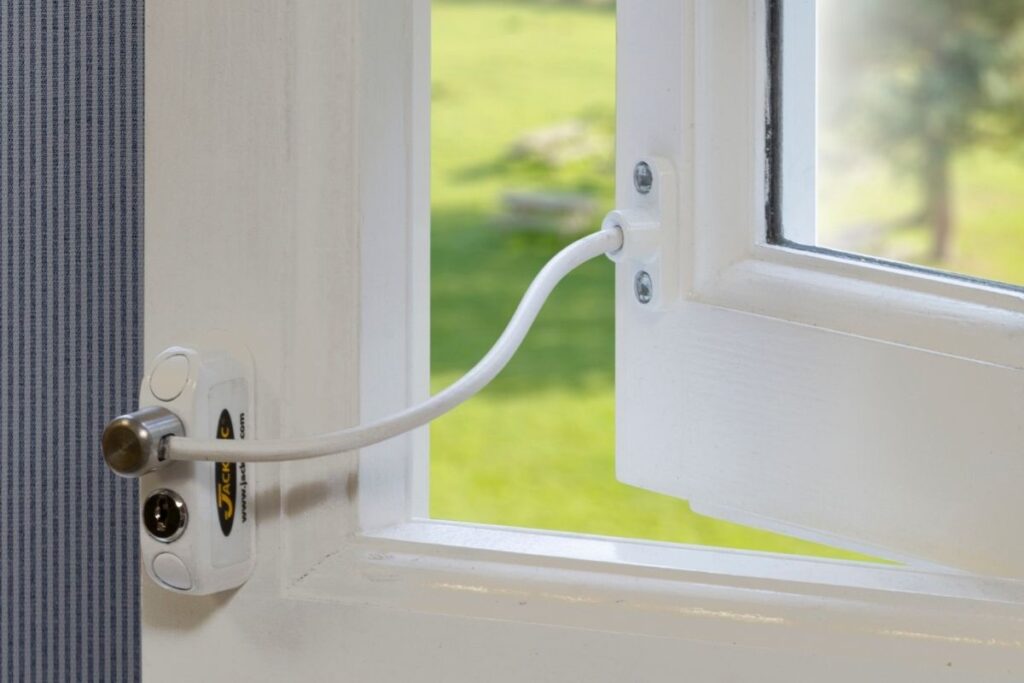
Limiting the window’s scope for opening to 100 millimeters, a cable window restrictor is externally fitted to the window. It consists of two metal units – one fixed to the wall and the other to the edge of the window pane. The unit on the window frame has a cable that can be connected to the unit on the window pane either with a push and twist mechanism or a lock and key mechanism. The window can be opened only up to the length of the cable. Opt for a cable lock with a lock and key system, so that the child cannot release the cable without opening it with the key. Whenever you wish to open the window fully, you can disengage the cable using the key.
You can choose the restrictor that provides the desired level of safety and convenience of operation. Once your baby has grown enough to understand how a window should be used safely, you can uninstall the restrictors and use the windows in the normal way.
Lock the Windows
The simplest way to ensure window and sill safety is to keep the windows locked when your child is not under supervision. The lock should be high enough to be out of reach for the child. Or, it should be operated with a lock and key or a latch that a child cannot unhook without an adult’s assistance. If your windows don’t come with an inbuilt lock, you can consider retrofitting them. No matter what type of window you have – sliding, double-hung, or casement – there is a window safety lock available that will serve your purpose. Here are some options you can consider –
HANDLE LOCKS
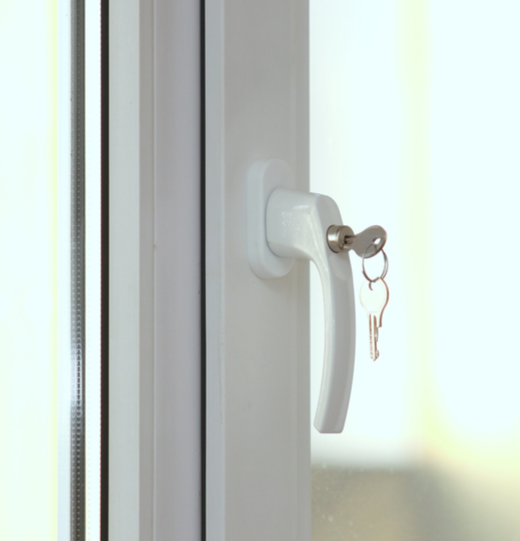
These are locks integrated into the handles of casement windows. So, when you close the window, it will automatically get locked at the turn of the handle. If your kiddo cannot reach up to the handle, there is nothing to worry about as long as you lock the window. But, if you are certain that your smart child will find a way to get to the handle, look for handle locks that are locked with a key.
SASH LOCKS
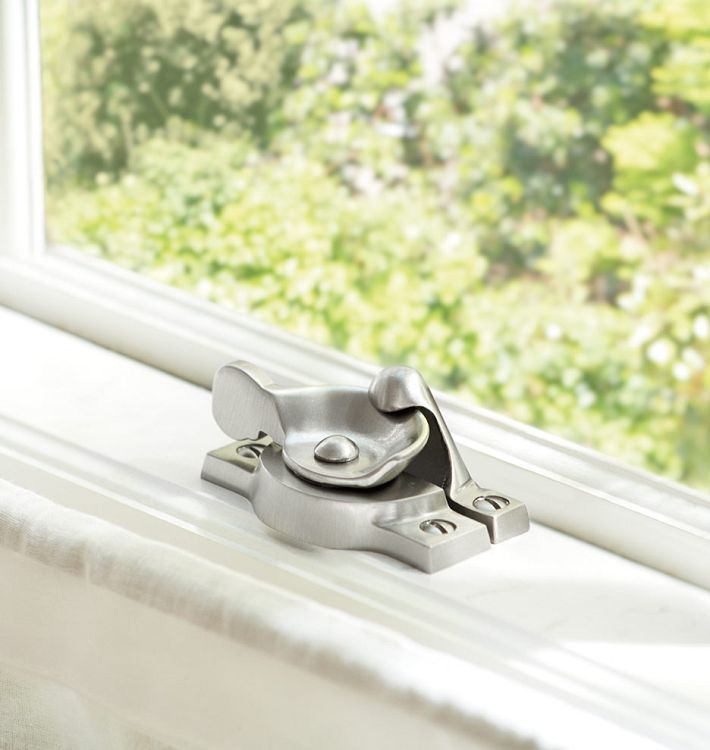
These are locks externally fitted on sash windows to keep them locked. It is a two-part system consisting of a catch and a lever. The catch is placed on the upper sash and the lever on the lower sash. When the lower sash of the window is pulled down, the lever gets bolted into the catch and gets locked. To open the window, you will have to release the lever manually. If the child cannot reach the lock or operate the lever, the window stays locked.
CHARLEY BARS
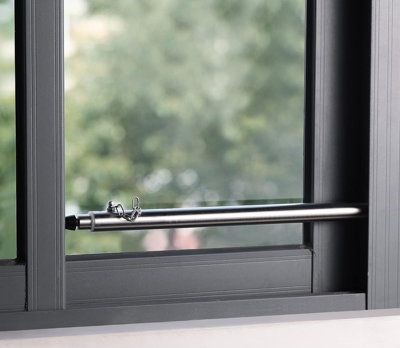
All types of sliding windows and doors – horizontal and vertical – can be secured tight with charley bars. Charley bars are metal bars that are fixed at the centre of the window frame. When you want to lock the window, it should be swiveled out from the frame and inserted into the bracket fixed to the frame of the window panel and then locked with a key. When the charley bar is lodged, it is impossible to open the window from outside or inside.
Upgrade to Double-Glazed Windows
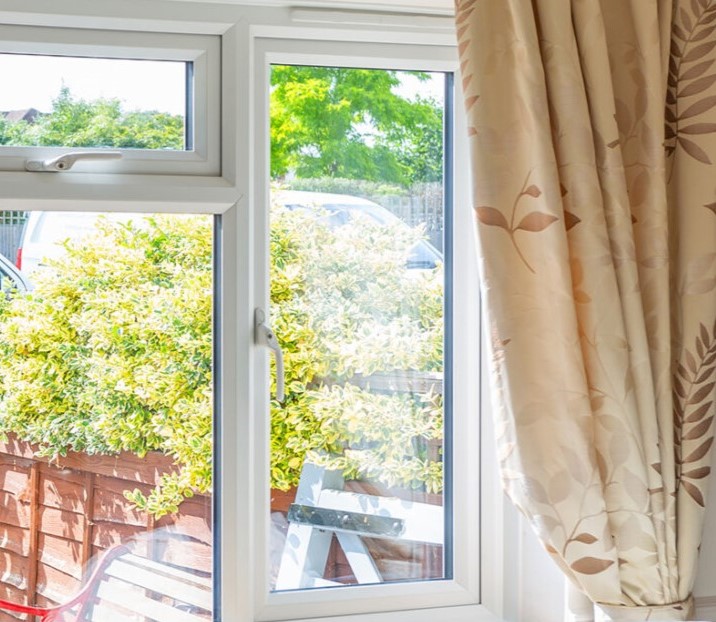
If you are planning a renovation of the house that includes the replacement of your windows, consider double-glazed panels instead of single-glass panels. These are built tougher and harder to break than single-glass panels. And, if hit by an object, the impact and the resultant damage are far lower. So, if you plan to groom your little champ for excellent ball-throwing skills, double-glazed windows might save you a few headaches.
Consider Child-Safe Windows
While most windows can be made secure using window safety measures, some types of windows are inherently safer than others for children. If you are in the process of constructing a house from scratch, you can install these types of child-safe windows to reduce dependence on retrofit devices for sill safety.
TILT AND TURN WINDOWS
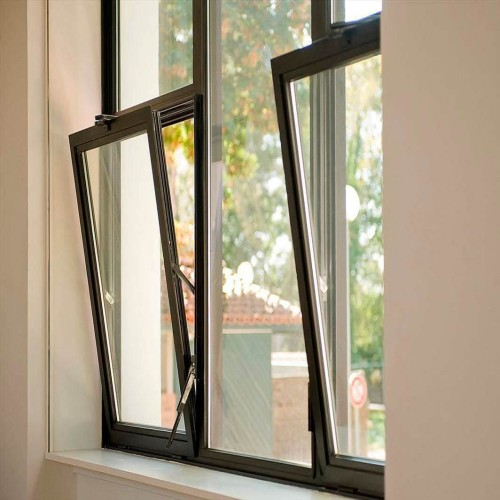
These windows operate in two ways as indicated by their very name. You can tilt the window inwards from the bottom so that the top portion is open for ventilation. This is the safest position because the child cannot have access to the upper part of the window. The window can also be opened inward like a casement window. This position can be made safer using a window restrictor. However, both operations are done by turning the handle, so if the handle is unreachable for the child, you may not have to add a restrictor.
DOUBLE HUNG WINDOWS
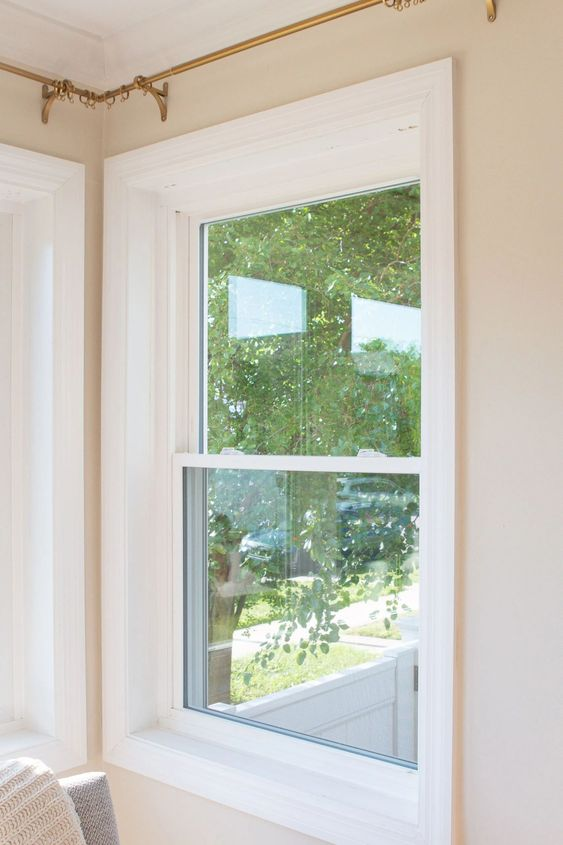
These windows are made of two separate window panes that slide over each other vertically inside a single window frame. They neither open outward nor inward, so that at all times, the window is half-closed. The safest position in a room with children is to slide both panes to the bottom, leaving the top open for ventilation. Thus, you can avoid investing in additional accessories like locks, guards and restrictors. However, not all double-hung windows come with such a configuration. In some cases, the upper pane is stationary while the lower pane alone is movable. So, look for double-hung windows where both panes are movable.
Round Off Sharp Edges
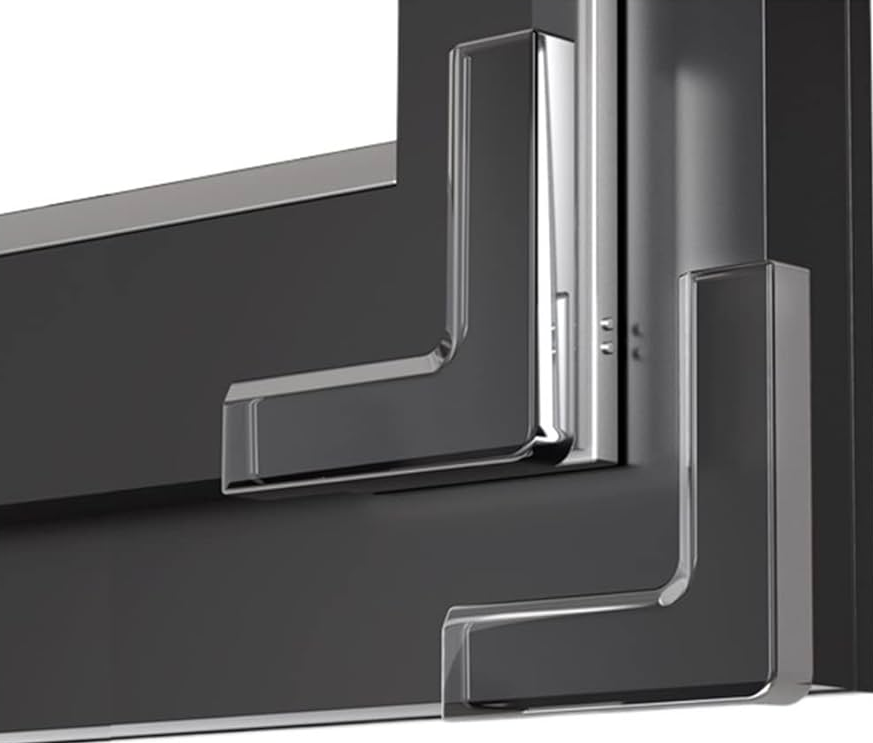
For windows that are low and reachable for your child, ensure that there are no sharp edges on the window and sills that can hurt when touched. For this, use the same kind of corner cushions or edge softeners that you use for furniture and countertops to babyproof your windows and sills. Secure the corners of your window panes and any projecting corners of the window sill with these soft covers.
Monitor Windows with Smart Technology
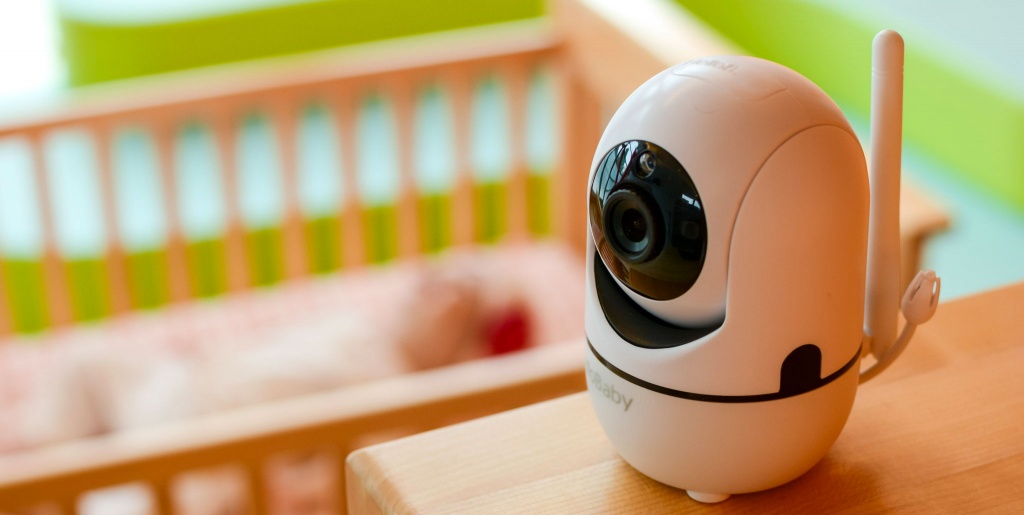
Putting technological progress to the best use, you can make your windows safer for your children using baby monitors and sensors. With smart cameras installed strategically to cover your windows in their picture frame, you can monitor your home from anywhere in the world. It provides real-time video feeds so that you can act immediately or bring it to the attention of the caregiver if your child attempts to get to the window. With a smart sensor, you can arrange to be notified when your child attempts to enter restricted areas of the home, including the windows.
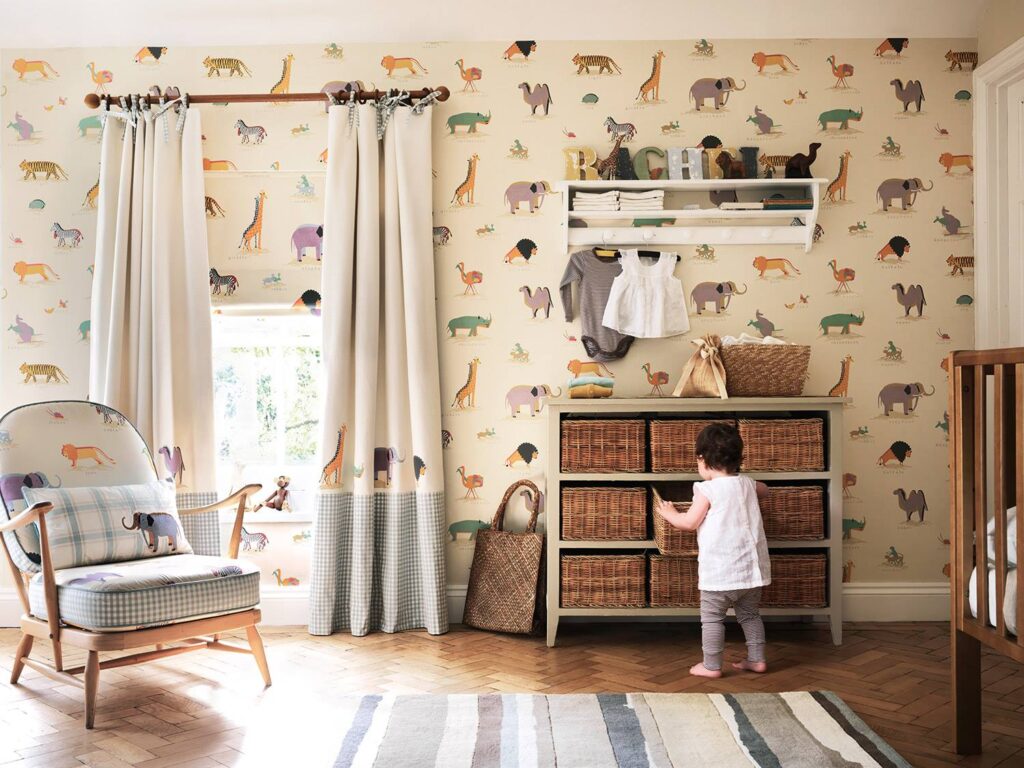
That brings us to the end of our top recommendations for window and sill safety. As regards ensuring that your baby will not climb over a window, we strongly recommend keeping all your low windows closed & locked when they are not in use or when you are not around. But over and above all these measures, we cannot emphasize enough the importance of supervision for young children, especially toddlers. Childproofing your windows is by no means a replacement for an adult’s constant supervision but only an aid to make up for the wee failures of the most scrupulous caretaker. Nothing is quite as safe as a watchful eye and a caring hand.
Secondly, seeing windows as merely a source of danger is also not the way ahead. Children have great observation skills and love to learn something new every day. Teach your little one about the right way to use a window and the possible hazards if used without caution. Also, teach older siblings how to protect their little brother/sister from such a danger in your absence. These little lessons should also be repeated after some intervals so that they get ingrained into their memory.
If you see your child fidgeting with a window lock/restrictor, discourage such behavior and encourage him/her to rather express the intention behind it. If your child simply wants to enjoy the great view, facilitate it from behind safe, babyproofed windows. And, that day is not far when the safe way of using the window is learned so well that the need of childproofing the sill/window will not exist anymore.
READ MORE: TOP SEVEN MISTAKES TO AVOID IN NURSERIES AND KIDS’ ROOM DECOR
In Summary
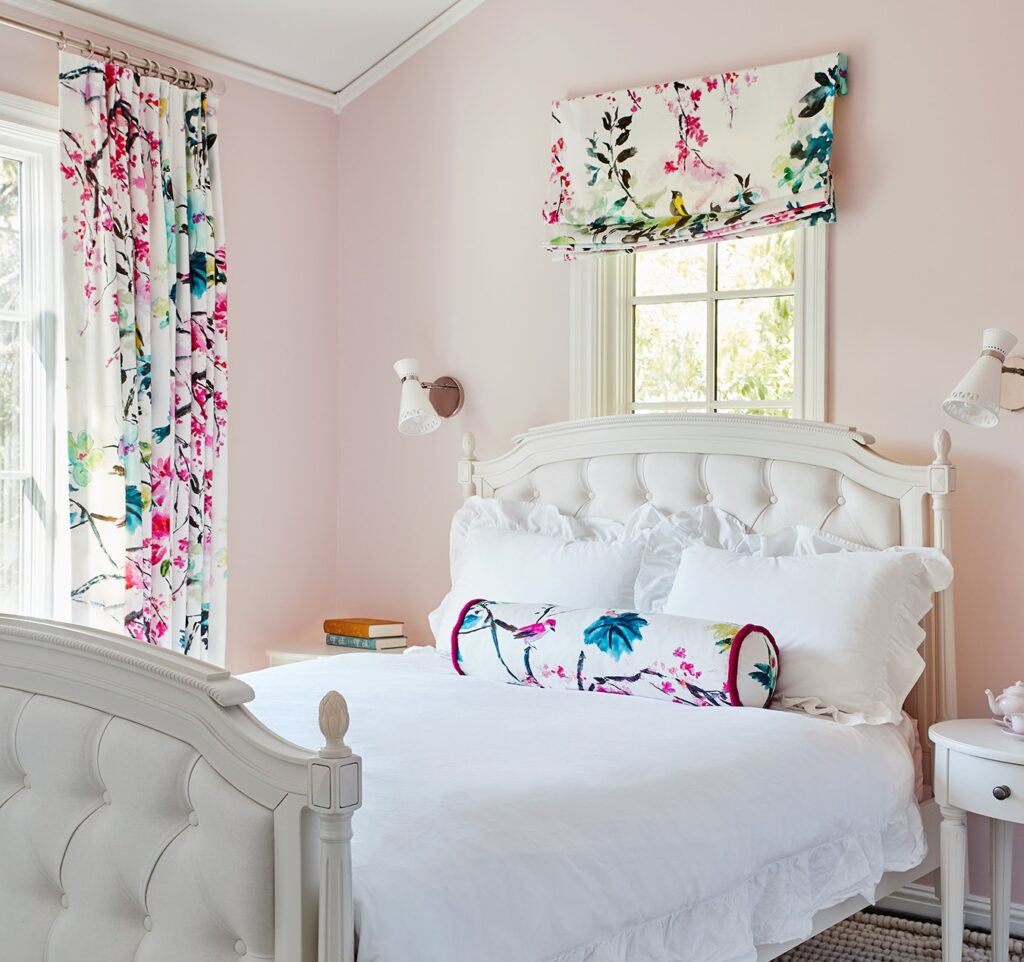
Childproofing your windows and sills is crucial to avoiding the unpleasant and the dangerous. You can choose a combination of various methods enumerated in this blog, based on the age of your child, specific features of your windows and your budget. If you are constructing a house or initiating a gut-down renovation, you can make a thoughtful selection of windows and supporting hardware that will significantly reduce dependency on retro-fit window safety devices. If not, you are not lost for alternatives that meet your needs both economically and efficiently. Whether an afterthought or forethought, you are equipped fully with the key know-how to take the most relevant and pertinent steps right now. With safe, babyproofed windows and sills, you can confidently let the tiny tot enjoy the view, the fresh air and the warm light.
READ MORE: BEST WINDOW TREATMENTS FOR NURSERY

